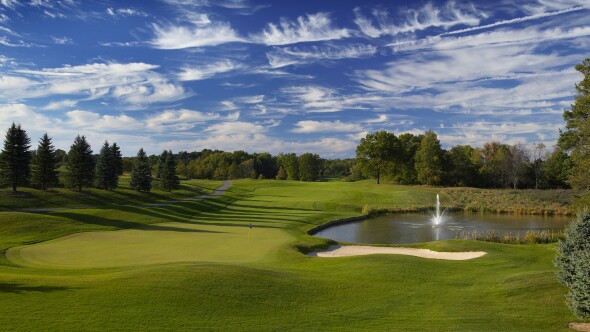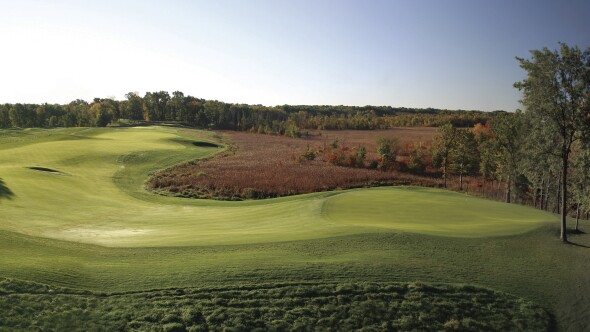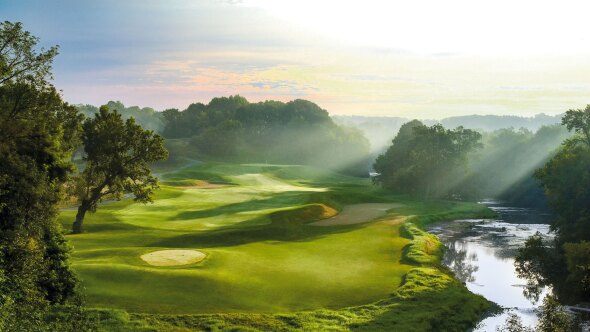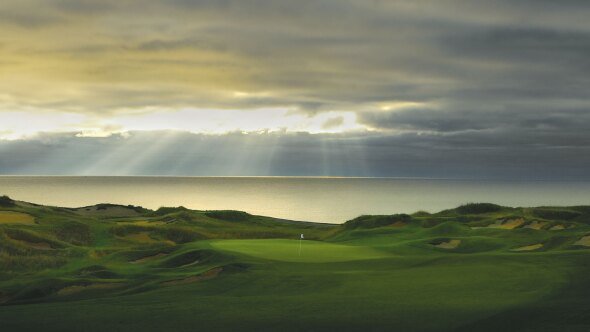Wheatfield Valley Golf Club

About
Holes
18
Type
Public
Par
70
Length
5726 yards
Slope
117
Rating
67.0
| Tee | Par | Length | Rating | Slope |
|---|---|---|---|---|
| Blue | 70 | 5726 yards | 67.0 | 117 |
| White | 70 | 5472 yards | 66.0 | 115 |
| Red | 70 | 4581 yards | 67.0 | 115 |
Scorecard for Wheatfield Valley Golf Course
Metrics:
| Hole | 1 | 2 | 3 | 4 | 5 | 6 | 7 | 8 | 9 | Out | 10 | 11 | 12 | 13 | 14 | 15 | 16 | 17 | 18 | In | Total |
|---|---|---|---|---|---|---|---|---|---|---|---|---|---|---|---|---|---|---|---|---|---|
| Blue M: 67.4/120 W: 73.3/130 | 467 | 156 | 336 | 324 | 145 | 362 | 157 | 311 | 402 | 2660 | 453 | 336 | 414 | 360 | 317 | 182 | 306 | 506 | 201 | 3075 | 5735 |
| White M: 66.4/117 W: 71.6/127 | 460 | 148 | 328 | 317 | 135 | 356 | 149 | 303 | 392 | 2588 | 442 | 321 | 408 | 324 | 274 | 157 | 300 | 491 | 181 | 2898 | 5486 |
| White/Gold M: 65.9/113 | 460 | 148 | 328 | 317 | 135 | 356 | 149 | 303 | 358 | 2554 | 442 | 321 | 363 | 324 | 274 | 157 | 300 | 491 | 181 | 2853 | 5407 |
| Gold M: 63.6/110 W: 68.2/121 | 419 | 135 | 307 | 298 | 109 | 293 | 141 | 270 | 358 | 2330 | 391 | 272 | 363 | 319 | 264 | 141 | 269 | 417 | 173 | 2609 | 4939 |
| Gold/Red M: 63.4/109 W: 67.8/119 | 419 | 135 | 307 | 298 | 109 | 293 | 141 | 270 | 330 | 2302 | 391 | 272 | 330 | 319 | 264 | 141 | 269 | 417 | 173 | 2576 | 4878 |
| Red M: 61.9/106 W: 65.9/114 | 347 | 123 | 291 | 288 | 104 | 264 | 133 | 236 | 330 | 2116 | 334 | 267 | 330 | 265 | 192 | 127 | 262 | 410 | 166 | 2353 | 4469 |
| Handicap | 16 | 14 | 6 | 8 | 18 | 4 | 12 | 10 | 2 | 15 | 13 | 1 | 7 | 17 | 3 | 9 | 11 | 5 | |||
| Par | 5 | 3 | 4 | 4 | 3 | 4 | 3 | 4 | 4 | 34 | 5 | 4 | 4 | 4 | 4 | 3 | 4 | 5 | 3 | 36 | 70 |
Course Details
Year Built
1996
Golf Season
Open: 4/01 Closed: 10/31
Rentals/Services
Carts
Yes - included in green fees
Pull-carts
No
Caddies
No
Clubs
Yes
Practice/Instruction
Driving Range
No
Teaching Pro
Yes
Pitching/Chipping Area
Yes
Putting Green
Yes
Policies
Credit Cards Accepted
None
Metal Spikes Allowed
No
Walking Allowed
Yes
Food & Beverage
Bar, RestaurantAvailable Facilities
Clubhouse
The Best Way To Book Is With GolfPass+
10 rounds of waived fees
$120 in tee time credits
Tee Time Protection
Redeem GolfPass points
Reviews
4.0
I Recommend This Course
Conditions
Good
Value
Good
Layout
Good
Friendliness
Excellent
Pace
Good
Amenities
Good
Business Tools for Golf Course Operators
Nearby Courses
Golf Packages
Best of Battle Creek Package
FROM $147 (USD)
GRAND RAPIDS/KALAMAZOO | Enjoy 3 nights’ accommodations at FireKeepers Casino Hotel and 3 rounds of golf at The Medalist Golf Club, Riverside Golf Club, and Binder Park Golf Course.
SW Michigan Golf Around Package
FROM $127 (USD)
GRAND RAPIDS/KALAMAZOO | Enjoy 3 nights’ accommodations at Quality Inn – Battle Creek and 3 rounds of golf at The Medalist Golf Club, Angel’s Crossing Golf Club, and The Grande Golf Club.
The Loon Golf Resort Stay & Play Package
FROM $167 (USD)
GAYLORD | Enjoy up to 3 nights' accommodations at The Loon Resort’s Lodges at The Ridge and up to 4 rounds of golf at The Loon Golf Resort - Lakes, Loon, & Ridge Courses.
Destination Kohler - Champions' Trail Golf Package
FROM $617 (USD)
KOHLER, WI | Enjoy 2 nights’ accommodations at The American Club or the Inn at Woodlake and 3 rounds of golf at Blackwolf Run (River or Meadow Valleys Course) and Whistling Straits (Straits or Irish Course)
Destination Kohler - To Dye Four Golf Package
FROM $557 (USD)
KOHLER, WI | Enjoy 3 nights’ accommodations at The American Club or the Inn on Woodlake and 4 rounds of golf at Blackwolf Run (River & Meadow Valley Courses) and Whistling Straits (Straits & Irish Courses).
Course Layout








 Back
Back





















